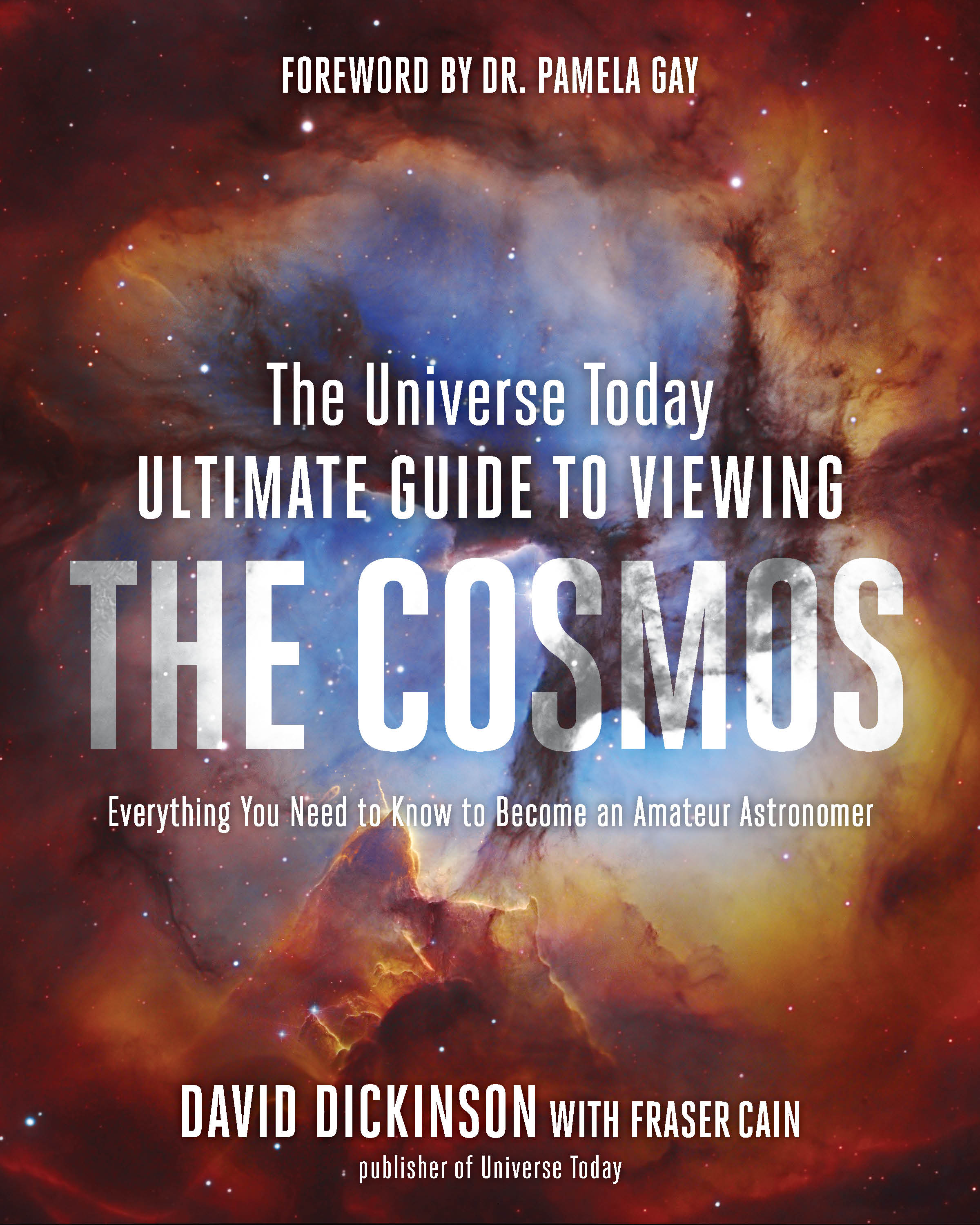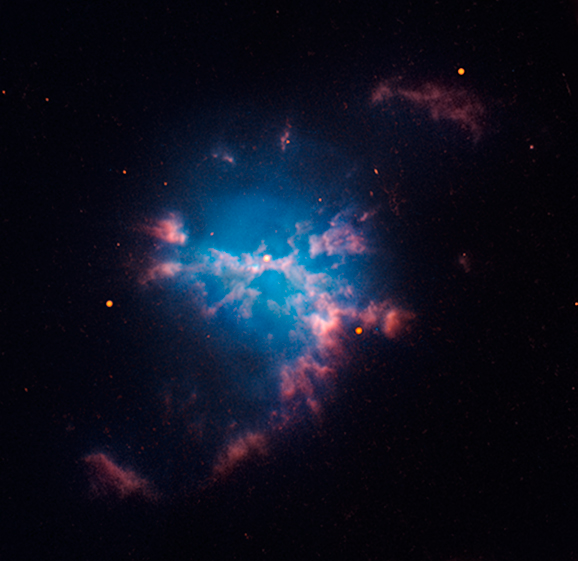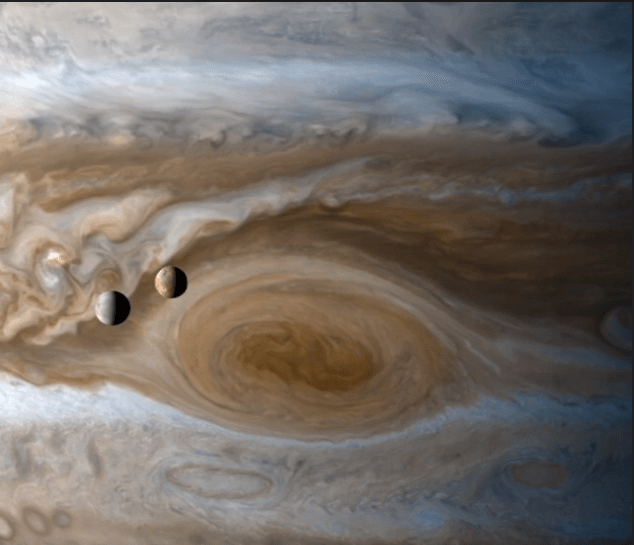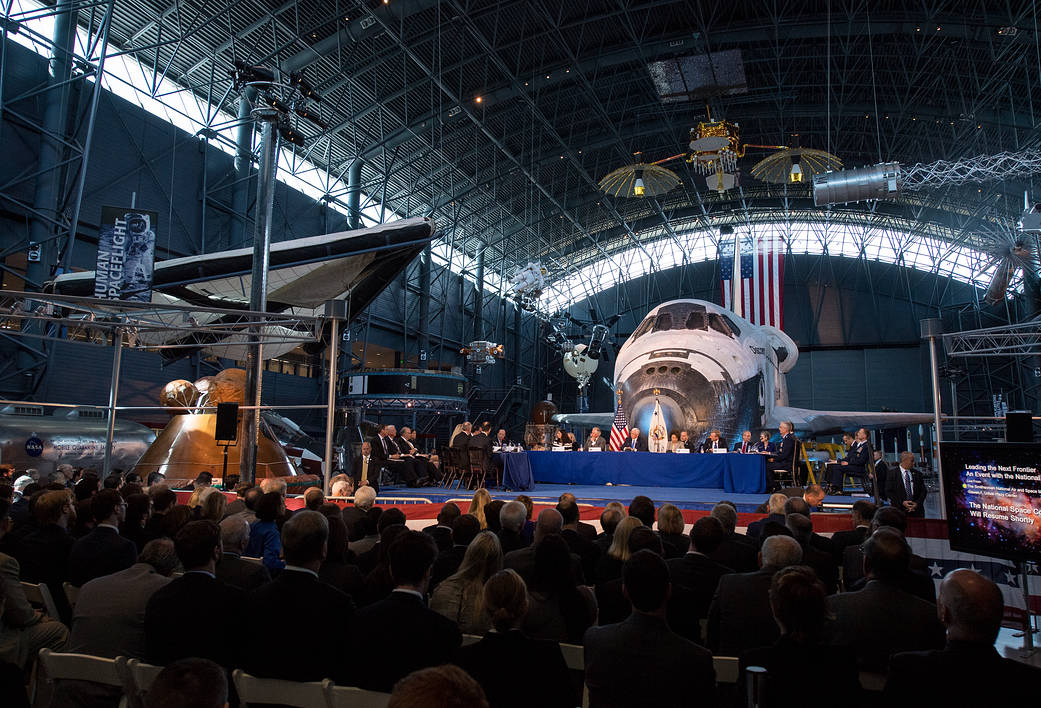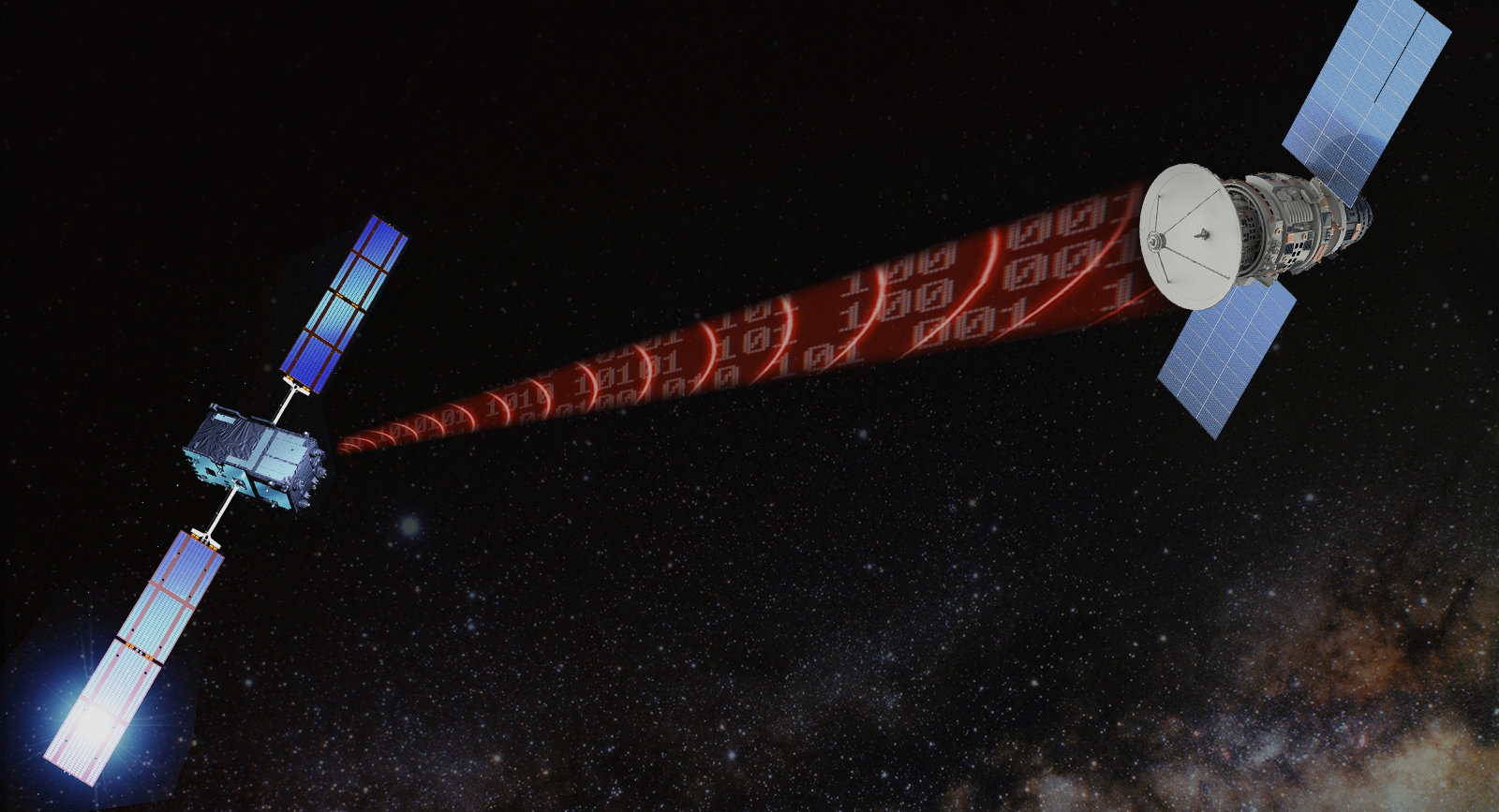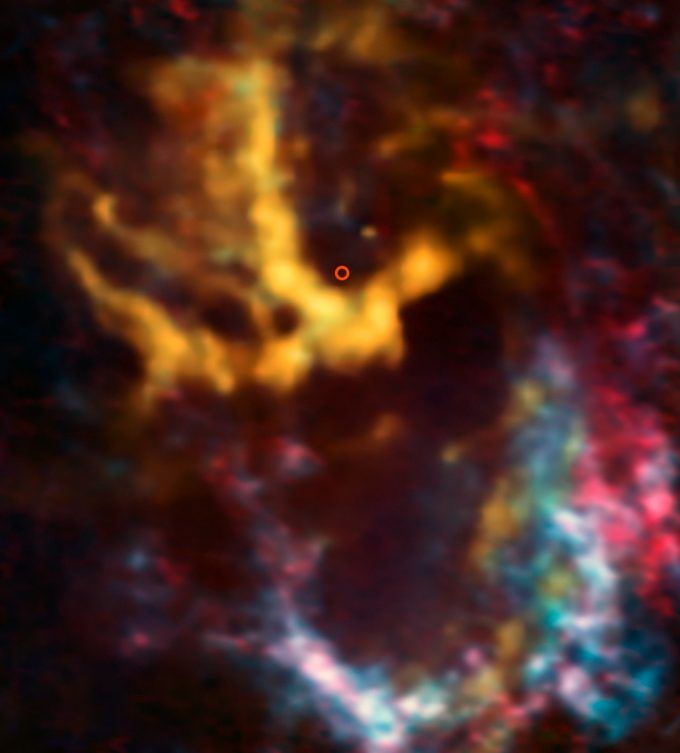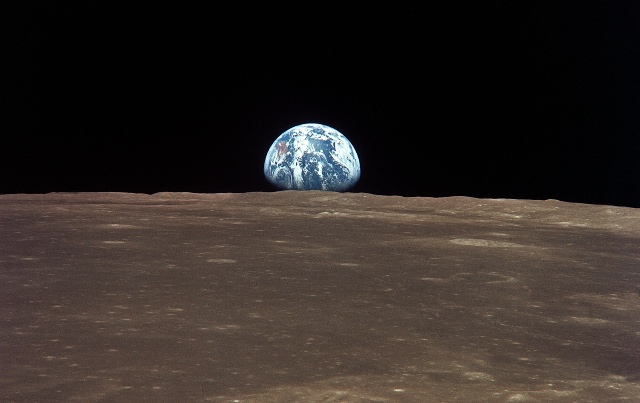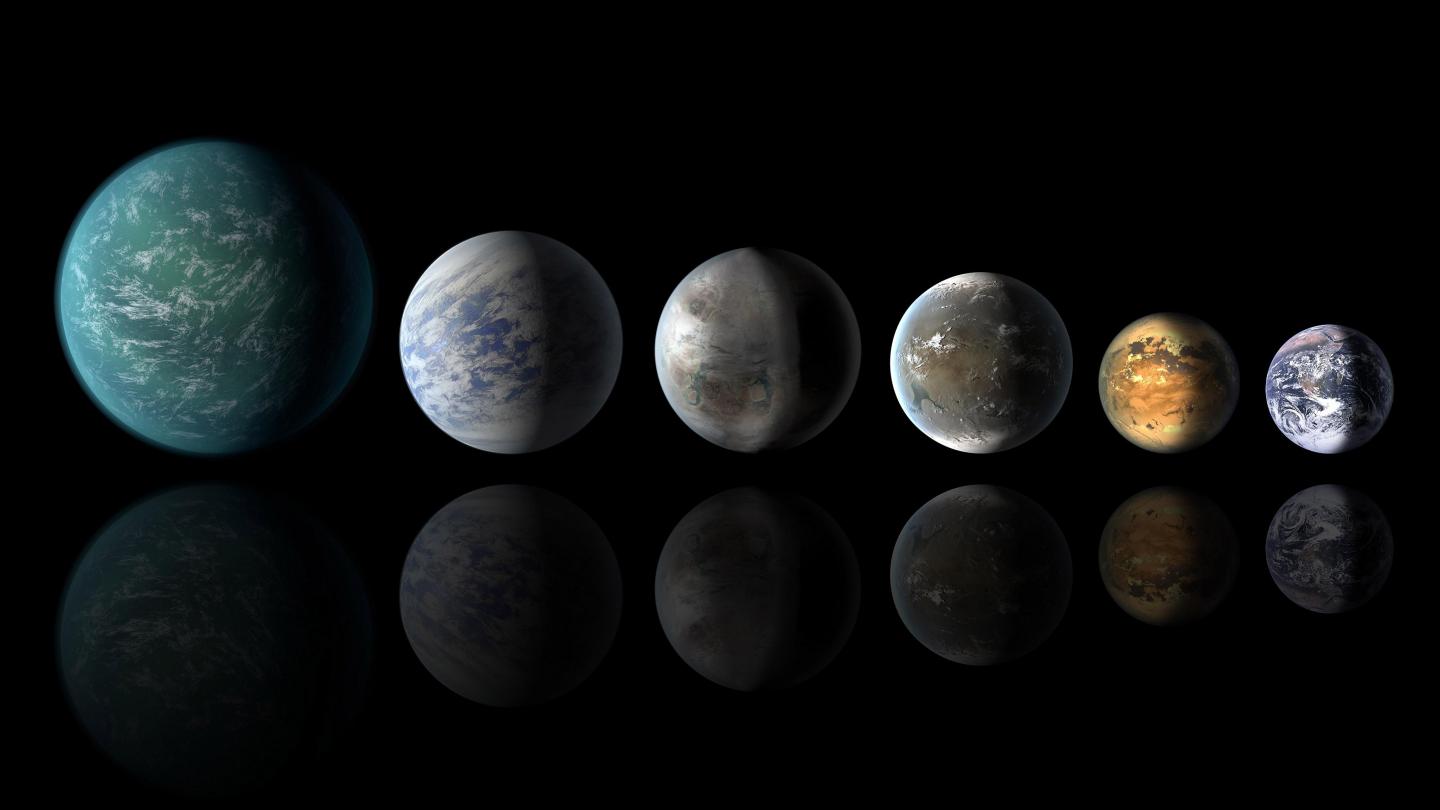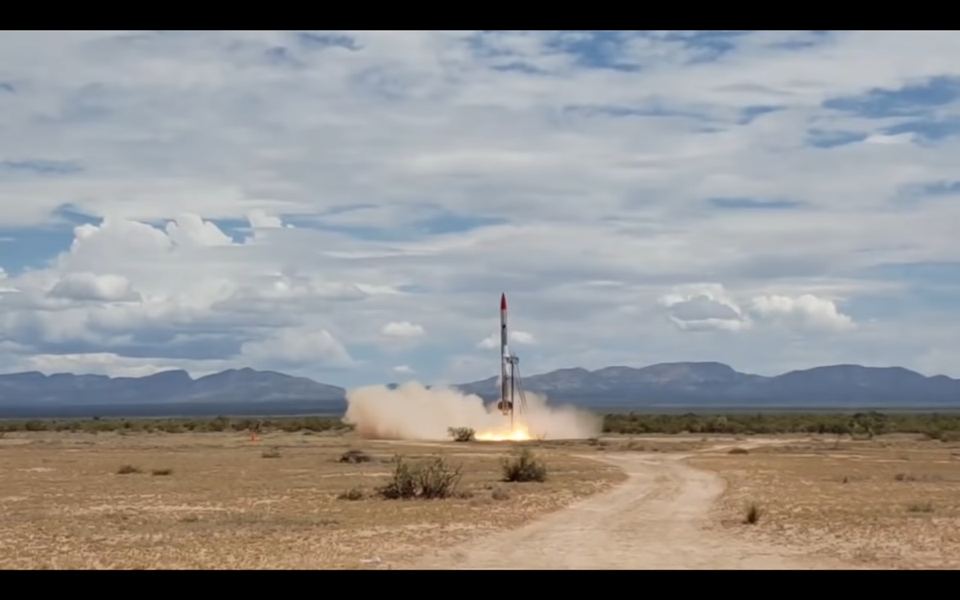It seems really surreal to say, but after about a year of work, our book is finally out. It’s called The Universe Today Ultimate Guide to Viewing the Cosmos: Everything You Need to Know to Become an Amateur Astronomer.
It was written by our own David Dickinson, who provides the majority of amateur astronomy news here on Universe Today. David had been writing more and more complex sky guides here on Universe Today over the last few years, and about a year ago, we pitched the idea of a comprehensive book on amateur astronomy to our friends at Page Street Publishing. They were the same group that published books for two other Universe Today writers: Nancy Atkinson and Bob King.
Continue reading “Our New Book is Out! Everything You Need to Know to Become an Amateur Astronomer”

